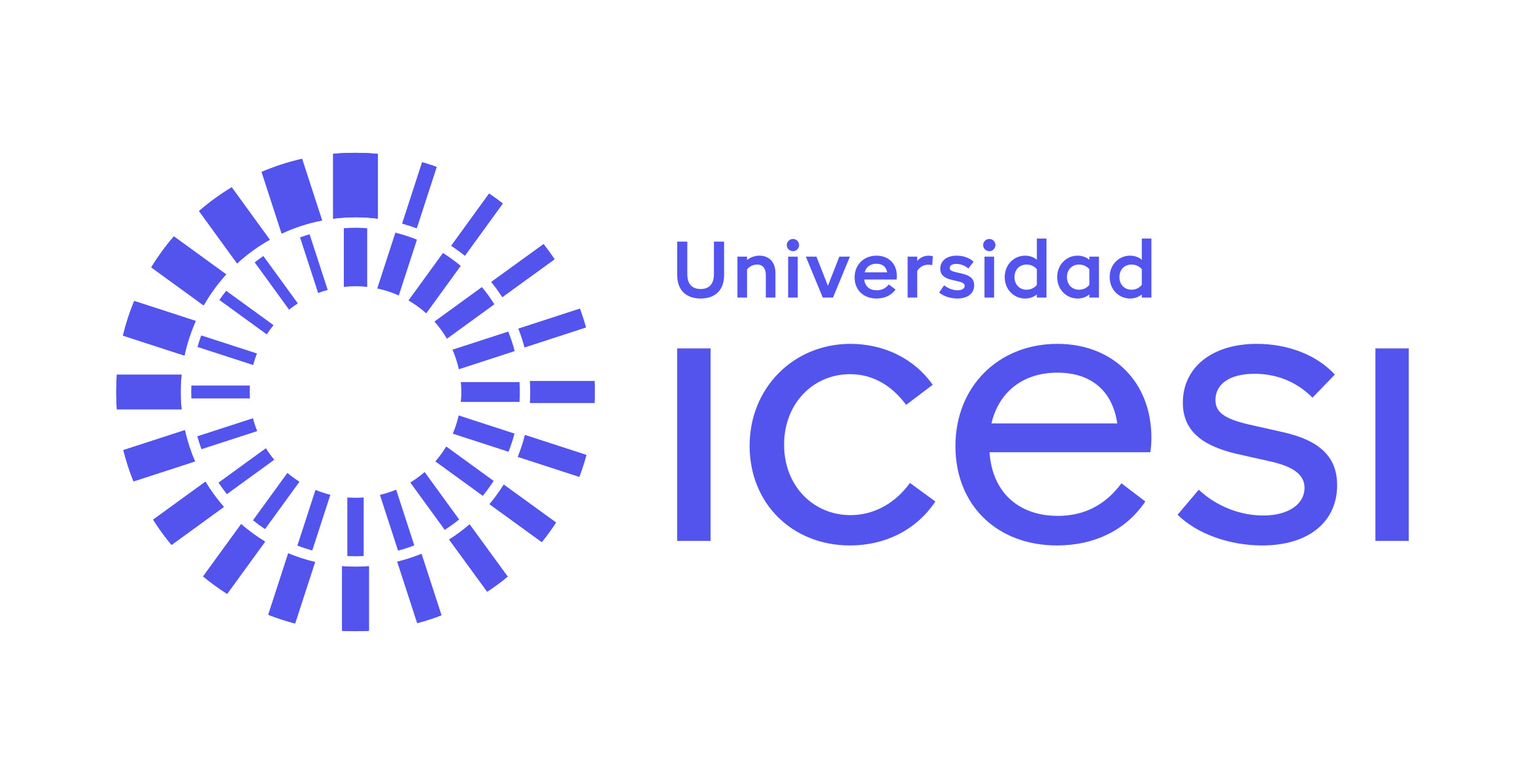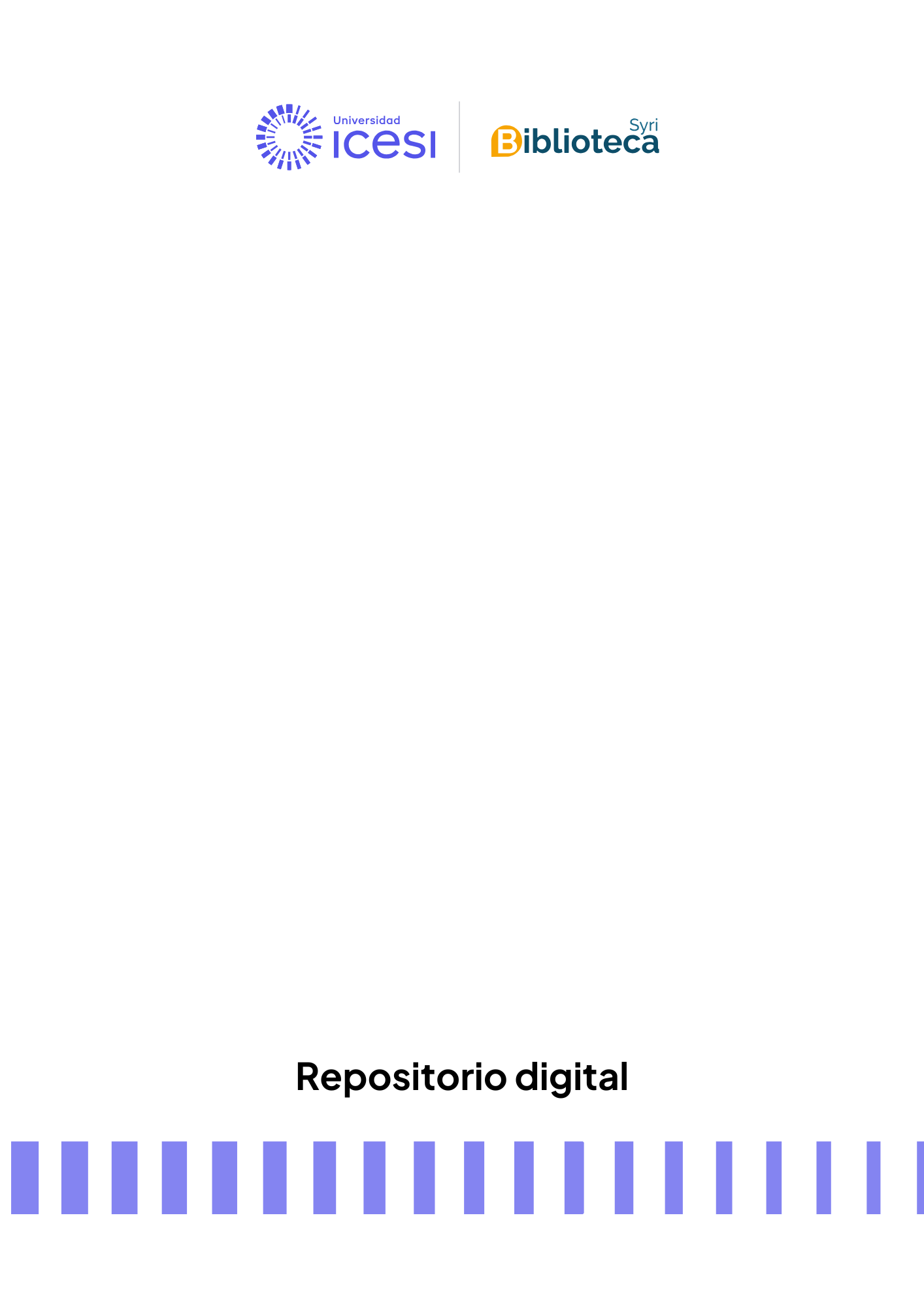Sistemas y Telemática Vol. 7 No. 13
URI permanente para esta colecciónhttp://hdl.handle.net/10906/2072
Examinar
Envíos recientes
Ítem Vol. 7 No. 13, Enero/Junio 2009 / SISTEMAS & TELEMATICA(Universidad Icesi, 2009-08-18T21:05:35Z) Universidad IcesiEsta edición incluye: Aplicación de la lógica difusa tipo dos en una planta didáctica en control de procesos industriales, respecto de las variables nivel y flujo; Comparación entre Modelos de Propagación en el Escenario de Referencia COST 2100 Cali; Seguridad en redes de sensores inalámbricos; Aplicando métodos cualitativos y cuantitativos para mejorar la interfaz gráfica de usuario del simulador de cirugía WESST-OT; Aplicación de la metáfora de la colonia de hormigas en la administración de direcciones en redes móviles ad hoc; y Ambiente software de entrenamiento de redes neuronales con ajuste evolutivo de la topología y las funciones de activación.Ítem Ambiente software de entrenamiento de redes neuronales con ajuste evolutivo de la topología y las funciones de activación(Universidad Icesi, 2009-08-18T21:03:41Z) Méndez Ortiz, Edgar; Mariño, Juan Sebastián; Arguello Fuentes, HenryThis research examines two problems in the optimization in the neural networks used for most real applications: first, architectural design that involves determining the number of layers and neurons by layer, and second, the activation functions that will be should use in each of these layers. For it is developed a software tool based on genetic algorithms to find these parameters of a neural network. The developed tool allows the user to choose the algorithm used for training and also apply techniques to achieve better generalization such as the early stopping, the repetition of training and adjusting the training data to the activation functions used. Finally, the developed tool is tested into a specialized group of users who use the tool to find an optimal neural network architecture to solve a problem of identity verification through the facial image using artificial neural networks.Ítem Aplicación de la metáfora de la colonia de hormigas en la administración de direcciones en redes móviles ad hoc(Universidad Icesi, 2009-08-18T21:00:06Z) Veiga, Manuel Fernández; Pachón de la Cruz, AlvaroAddress management is a critical process in a network, because any node wishing to make part of the network must first obtain an address. Address management in MANETs poses particular challenges, due to their operation conditions, their dynamic topology and the unique events that take place inside them. This article presents an approach for solving the address management problem in this environment, using the self-organization and emergency principles governing the behavior of social insect colonies, particularly ant colonies. The article presents results that evaluate the proposal’s validity and efficiency through several scenarios. Three fundamental aspects were evaluated: Model functionality, efficiency and impact on user applications. The obtained results show the proposed model is able to identify, manage and solve all the events related to address management in a MANET, in an efficient manner.Ítem Aplicando métodos cualitativos y cuantitativos para mejorar la interfaz gráfica de usuario del simulador de cirugía WESST-OT(Universidad Icesi, 2009-08-18T20:53:57Z) Navarro Newball, Andrés Adolfo; Herrera Botero, Francisco Julián; Ríos Katto, Carlos F.; Peñeñori, Víctor M.The graphic interface (GUI) from the WESST-OT Simulator was validated using quantitative and qualitative human computer interaction (HCI) methods. In order to achieve this, surveys were applied. Also, GUI design principles were analyzed in the context of WESST-OT. Finally, the goals, objects, methods and rule selection quantitative model (GOMS) was applied. The information acquired was used to enhance WESST-OT’s GUI and at the end was validated following the same methodology.Ítem Seguridad en redes de sensores inalámbricos(Universidad Icesi, 2009-08-18T20:41:07Z) Aranzazu Suescún, CatalinaThe graphic interface (GUI) from the WESST-OT Simulator was validated using quantitative and qualitative human computer interaction (HCI) methods. In order to achieve this, surveys were applied. Also, GUI design principles were analyzed in the context of WESST-OT. Finally, the goals, objects, methods and rule selection quantitative model (GOMS) was applied. The information acquired was used to enhance WESST-OT’s GUI and at the end was validated following the same methodology.Ítem Some comparison between propagation models in Cost 2100 Cali Reference Scenario(Universidad Icesi, 2009-08-18T20:25:14Z) Ardila, Carlos Andredy; Mejía Mateus, Duván Javier; Navarro Cadavid, AndrésIn this paper we present results from traditional propagation models like Hata and Walfish Bertoni, implemented in our planning tool, and compare it with results obtained from a commercial tool and also with measurements provided by a local operator. For this experiment, we use the Cost 2100 Cali Reference Scenario.Ítem Aplicación de la lógica difusa tipo dos en una planta didáctica en control de procesos industriales, respecto de las variables nivel y flujo(Universidad Icesi, 2009-08-18T20:04:50Z) Díaz, Gustavo Adolfo; López Sotelo, Jesús Alfonso; Caicedo Bravo, EduardoWe report the use of fuzzy logic type 1 and 2 for industrial process control, as well as the implementation of an industrial PLC (PLC) and comparisons across the parameters of performance ISE, IAE, control effort. Matlab software is used to develop the machines, a type of fuzzy inference and two kinds Mandami, which helped get the parameters that were sent through a multilayer neural network to the PLC, the utility of the OPC and for the control of variables Process flow and level

